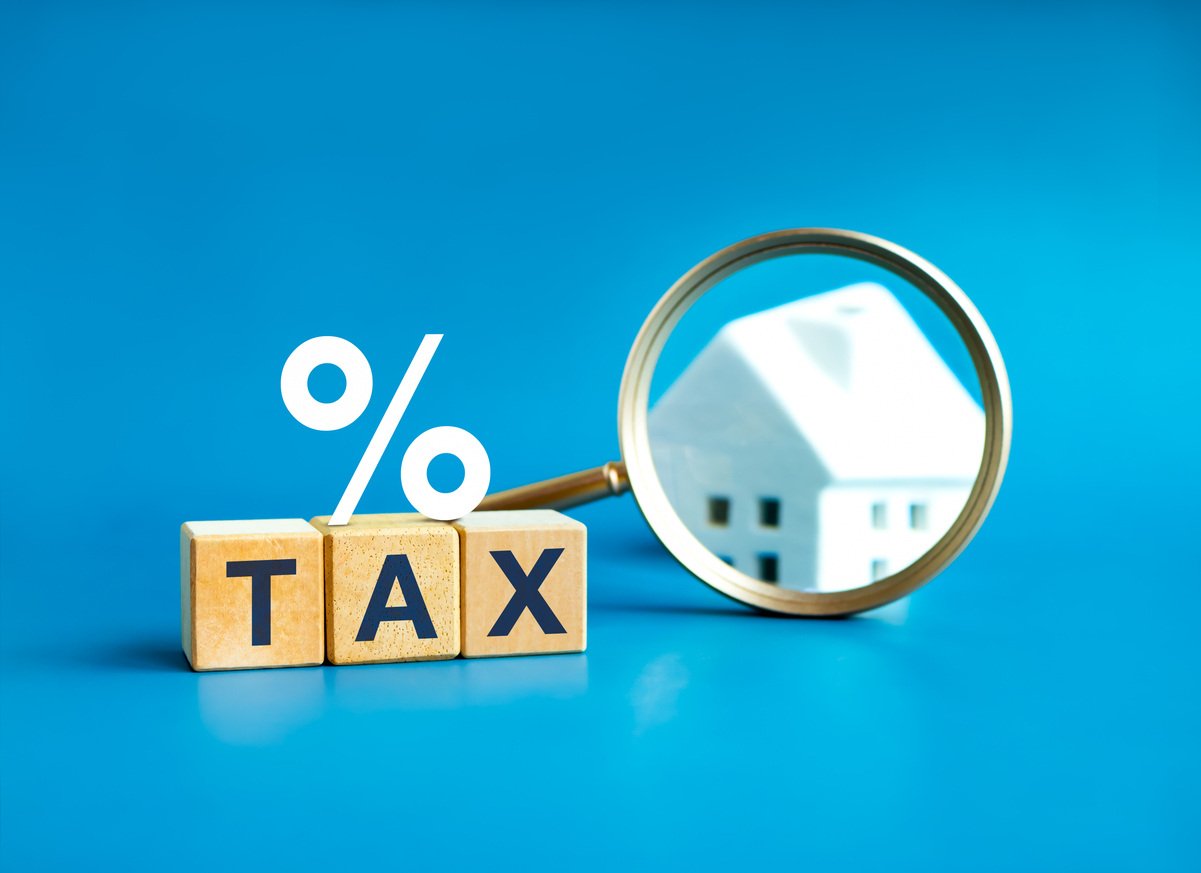Canada’s sluggish housing market has triggered another round of finger-pointing, with many economists and industry voices blaming government taxes - especially sales taxes and development charges - for high prices and falling construction.
Some even liken these charges to “sin taxes” on cigarettes or alcohol, arguing they discourage housing supply.
But housing taxes don’t work like sin taxes. In fact, the effect is almost the opposite—and removing them wouldn’t have prevented the crisis we’re in today.
Imagine if governments had eliminated all taxes on new housing five years ago—about 30% of the total cost. Would homes be cheaper today? Would more homes have been built?
Unlikely. In the short term, builders wouldn’t have lowered prices—they would’ve sold homes for whatever the market could bear. Back in 2021, demand was being driven by speculation, not affordability. Tax savings would have simply inflated profits.
Over time, those higher profits would’ve pushed up land prices. That’s because land isn’t a fixed cost—it’s endogenous, meaning its value rises or falls depending on what developers can afford based on their projected revenue and all the other input costs. If taxes go down, landowners capture the difference. Builders pay more for land, not less for housing.
In fact, that’s exactly what happened during Toronto’s condo boom. Despite high taxes, pre-construction units sold at record-breaking prices because investors believed prices would keep rising. Lowering taxes wouldn’t have cooled the market. It would’ve just funneled more money to landowners and speculators.
And here’s the critical point: if taxes had been removed back then, our housing market would still be just as frozen today. The only difference is that builders would have paid significantly more for their land. And that inflated land cost is exactly what would be choking new construction now. It would’ve made today’s downturn even harder to fix, while leaving governments with fewer tools to help.
Critics accuse cities of “tax grabs” for raising development charges during the boom. But those charges were a rational response to surging new home prices. They weren’t about discouraging housing—they were about capturing some of the speculative windfall that would’ve otherwise gone entirely to private landowners.
Should cities lower fees now? Possibly. In a slower market, targeted relief could help unlock stalled projects. But let’s be clear: taxes didn’t cause the affordability crisis. What broke the market was a flood of speculative investment, rising land costs, and the widespread belief that housing was a guaranteed financial asset.
Reforms should be designed to support end users—people who want to live in homes—not reward the flippers and investors who drove prices out of reach. The real culprit isn’t taxation. It’s the investor-driven bubble we allowed to form.
John Pasalis is President of Realosophy Realty. A specialist in real estate data analysis, John’s research focuses on unlocking micro trends in the Greater Toronto Area real estate market. His research has been utilized by the Bank of Canada, the Canadian Mortgage and Housing Corporation (CMHC) and the International Monetary Fund (IMF).
Have questions about your own moves in the Toronto area as a buyer, seller, investor or renter? Book a no-obligation consult with John and his team at a Realosophy here: https://www.movesmartly.com/meetjohn
April 11, 2025
Market |



